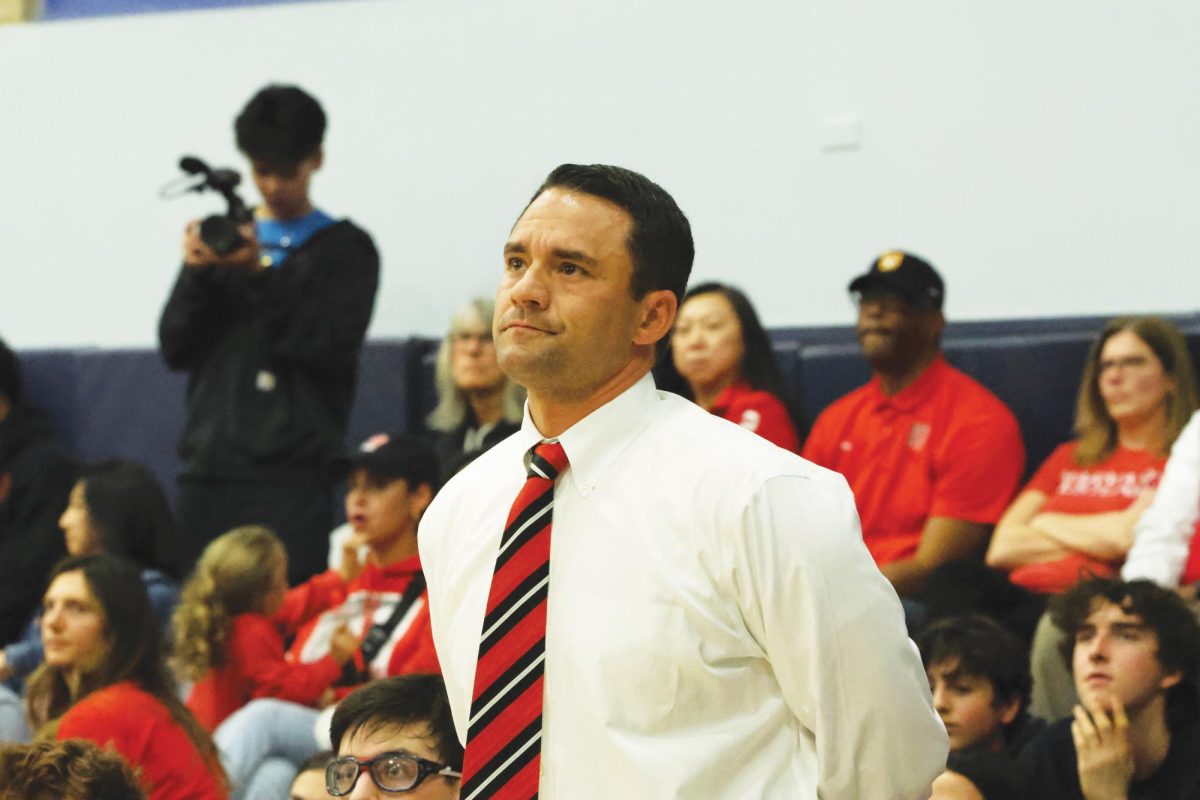Â
By Emily Khaykin
An expert on earthquakes told students Monday why Haiti suffered more earthquake damage than Chile and how geophysicists use the recent eruption of the volcano in Iceland to predict any other eruptions.
“Although the Haiti quake was shallow and a much smaller quake on the Richter scale, it occurred next to a major city that was used to preparing for hurricanes. So when they had built their houses, they had heavy roofs, which are bad for earthquakes,” said Dr. Kenneth Hudnut, a geophysicist for the U.S. Geological Survey in Pasadena.
“The people who were affected by the Chilean earthquake had recognized the hazards they were susceptible to which allowed them to come through,” Hudnut said.
“The unusual thing about Haiti is the relationship between the magnitude and the fatalities,” he said.
Hudnut said that the fatalities were primarily because “people donât follow the proper building codes.”
“The most effective thing for us to do after an earthquake is to make a rapid assessment of what people should do to reduce the loss of life in case of an aftershock,” Hudnut said.
“Our main job is to advise people on proper earthquake protocol for new homes and when to evacuate an area when a natural disaster has struck,” he said.
“Weâre not that good at predicting whatâs going to happen next, but we can study what has happened in the past and make assessments for the future,” Hudnut said.
Hudnut used the eruption of Eyjafjallajokull volcano in Iceland as an example of a natural hazard that has a recognizable and somewhat predictable pattern.
“Each time [Eyjafjallajokull] erupts, Katla, another volcano near [Eyjafjallajokull], erupts within about a month,” Hudnut said.
“The question weâre always asking ourselves is whatâs next?”
Hudnut explained how geologists attempt to predict the behavior of natural hazards.
Hudnut also explained how technological advancements in recent years have improved the way geophysicists have mapped out and recorded the damages done by natural disasters.
“We are now using computer simulations and modeling to predict answers to some of the most complex systems in the world,” he said. “These simulations help us see how the ground moves during a quake and allows us to help prepare people for whatâs to come.”




































